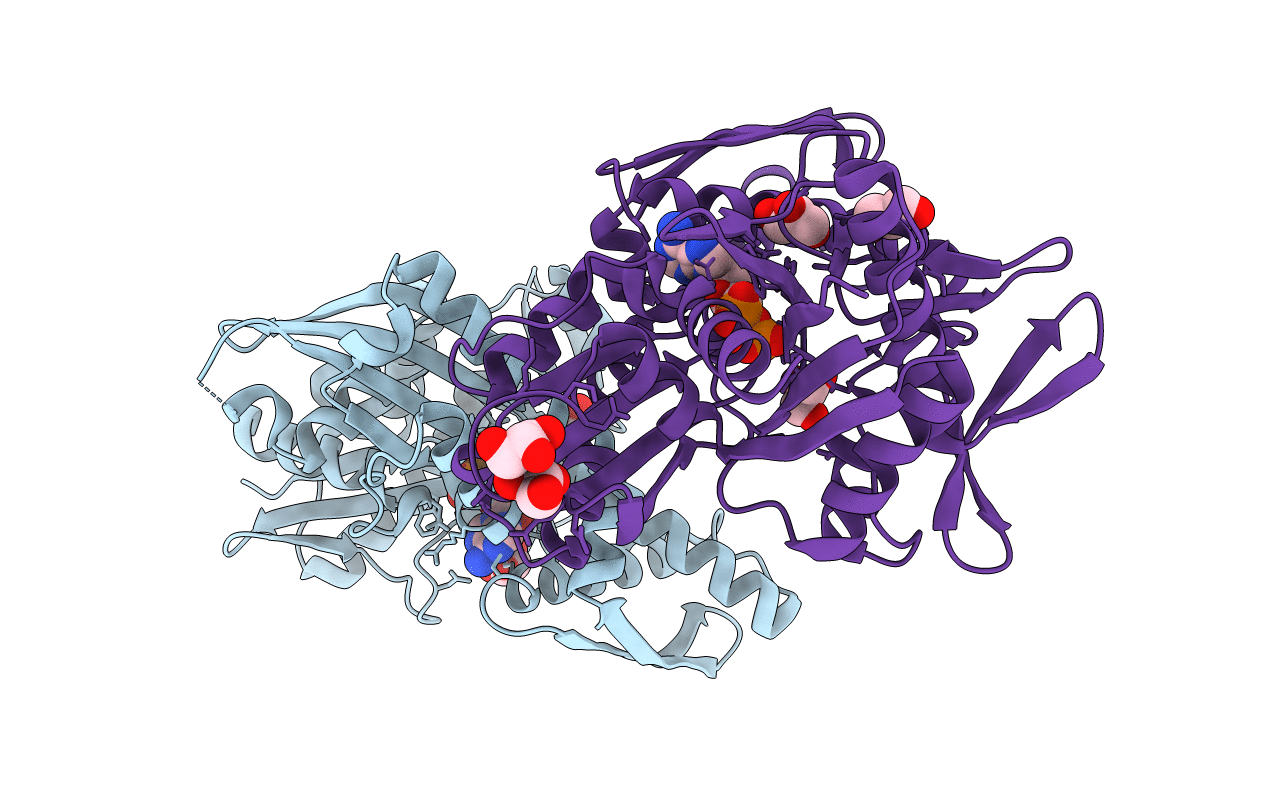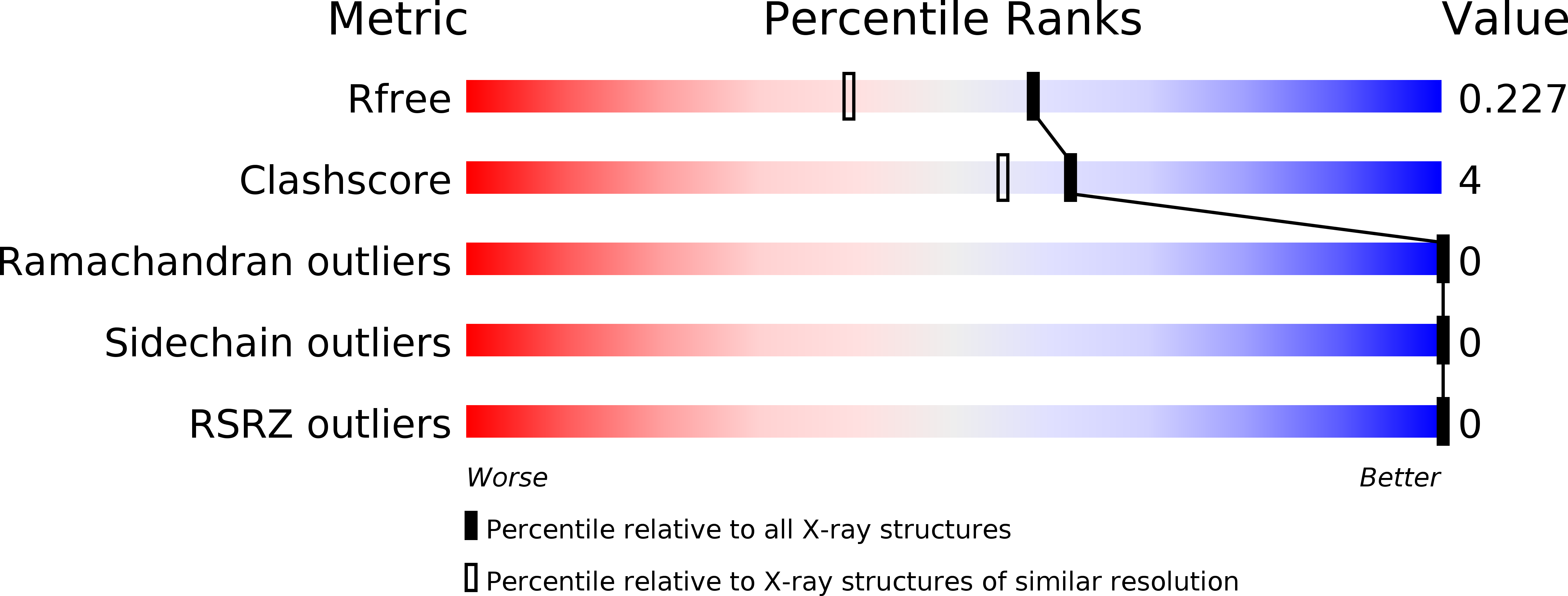
Deposition Date
2017-09-18
Release Date
2018-01-17
Last Version Date
2023-10-04
Entry Detail
PDB ID:
6B1N
Keywords:
Title:
Disrupted hydrogen bond network impairs ATPase activity in an Hsc70 cysteine mutant
Biological Source:
Source Organism:
Homo Sapiens (Taxon ID: 9606)
Host Organism:
Method Details:
Experimental Method:
Resolution:
1.80 Å
R-Value Free:
0.22
R-Value Work:
0.18
R-Value Observed:
0.18
Space Group:
P 1 21 1


